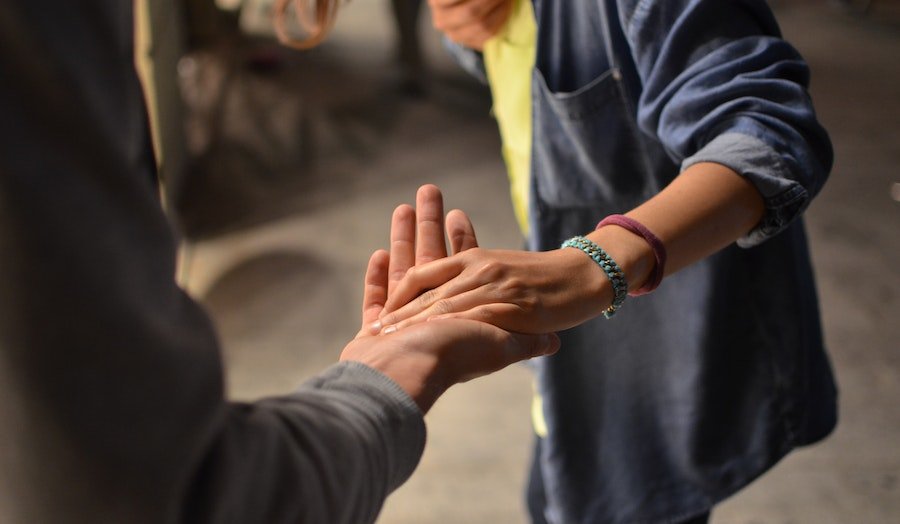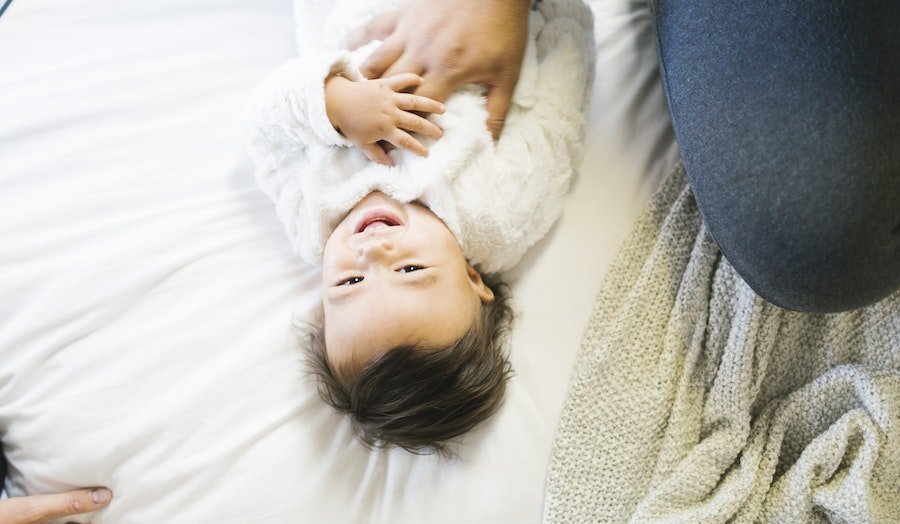FREE STANDARD SHIPPING, ALWAYS

“Say Fleas!”: Pet Photography Ideas
You'll love these ideas for including your pets in your family photos!
Posted 10/1/2019

Photo
We feed them by hand, we invite them to fall asleep wherever they please, and we even give some of them their own private bathrooms. No wonder our pets can be such prima donnas sometimes! But if your household’s (presumably) furriest member refuses to pose for your pet photo books, it might not just be about the lack of a photo clause in their contracts—it could be because you’re thrusting your phone in their face, refusing to meet them eye to eye, or trying to get their attention in ways that wind up alarming them instead.
Between dog photo albums, cat photo albums, and “other” pet photo albums (quokkas!), pets are the third-most-popular subject for photo books, as revealed by a recent survey from Chatbooks and HP of 15,000 families. So animal lovers are always on the lookout for pet photography ideas and tips. Use these pointers to make your pet pics shine. Don’t leave them out of the photo album fun, either! Printing out pet photo books allows you to record the subtle shifts in your pet’s growth and “haircuts” and will make for cherished memories once their time has passed.
Bonus: Looking at animal pictures has been shown to boost marital satisfaction, making pet photo books a coffee table therapist. (Finally, a marriage counselor you can both openly say is cute!) Here are pet photography ideas to make your pet pics best in show.
- Get them at their best. Animals are at their best (read: cutest) when they’re comfortable, calm, and happy. Post-walk is prime time for a dog photo shoot, after they’ve trotted out some of their excess energy. Cats photograph particularly well after play but before their next nap, as they’re likely to want to be close to you without too much motion. If your pet enjoys being brushed, a snapshot taken after a grooming session can capture them in their preening glory. (In fact, a depiction of the grooming process in its entirety could make a fantastic dog photo album.)
- Meet them at eye level. Photographing a pet from your vantage point can be cute, but shooting them at their eye level puts you on the same footing. “It kind of humanizes them when the camera is at eye level,” says Meredith Zinner, a family and pet photographer based in Brooklyn, New York. “It establishes that connection between the subject and the viewer, and that’s where the magic is. The more connection there is, the more dynamic the photograph will be.”
- Find the light. Natural light is always best, so if you’re shooting indoors in an area with direct or indirect sunlight, turn off lamps and overhead lights. If you’re taking nighttime photos, turn first to lamps. “You want them to look warm and cozy, not like they’re in a science lab,” says Chris Diaz, a professional cat sitter who populates her Instagram feed with photos of her wards. “If the lighting is harsh, they’re going to look a little freaked out.” If you’re in the mood for a nighttime photo sesh, set up the lighting and get comfortable. “I’ll set up the lighting, and then it’s like, ‘Hey, we’re just going to hang out for a while’—and really, that’s the best part anyway,” Chris says.
- Set up a startle-free zone. Another reason to use daylight and lamps: Animals hate the camera flash. (Plus, using the flash leads to “green eye” in pet photos, an eerie trick of the light that’s the animal equivalent of red-eye photos in humans.) And make sure your shutter sound is off to avoid spooking them—otherwise your pet photo books will be populated with animals that look panicked.
- Catch the catchlights. When the light source of a photo is reflected in the subject’s eyes, it gives a flattering, luminous effect known as catchlights. “Those can make the difference between a photo working and it not—without them, it’s easy for pets’ eyes to appear lifeless,” Meredith says. Position your pet facing toward a natural light source, and make sure there’s nothing blocking the beam of light from reaching your pet.
- Get their attention. “Animals get used to things really quickly, so you have to keep surprising them without startling them,” Meredith says. Her technique: unusual noises at odd intervals. Once an animal expects a sound or movement, they get bored by it, as any worshipper at the feline altar understands. “I’ll make sort of a dolphin sound, or a singsongy dipping up and down, but I won’t do it on a regular beat. It elicits a curious and engaged face, and that’s what you want.” For a visual attention-grabber, Chris taps her chest or puts a hand above her head to get an animal to look upward, but she notes that their focus doesn’t last long with that technique, so be prepared to shoot quickly.
- Deploy treats with care. Using goodies to grab a pet’s focus works, but do it sparingly. If your pet is hyperfocused on getting a treat, it can strain their expression and prevent your pet photo books from showing off your pet’s natural inquisitiveness. That’s not to say bribery doesn’t have its place. “You can make the animal more comfortable with your smartphone with treats,” Meredith says. “Whenever you put the camera between your face and theirs like you’d be taking a picture, make eye contact and give them a little treat. Then just walk away—don’t even take a picture.” Building a positive association with your smartphone will help keep them curious, not wary (or jealous).
- Use action mode. Shooting with a fast shutter speed helps keep pet photos crisp. “Even when you don’t think they’re moving, they often are. Just a cat’s purr can cause movement,” Chris says. Look for “action mode” on your smartphone, usually indicated by a sprinting figure. Plus, since pets can bolt at any second, shooting in full-screen mode (not square) allows for more space in the frame. “You can always crop it later, but you can’t add back in what you didn’t capture,” Chris says.
- Put it all together. Pet photo books are great memory-makers for families. Stage a shoot with Fido and each member of the family, then have the pics printed in a dog photo album. Dogs tend to have more expressive faces than cats, whose facial muscles are more limited. To add variety to a cat photo album, aim to include more full-body and situational shots than you would in a dog photo album, which might include more portraits. Once you’ve designed your Chatbooks pet photo book, you can even put an animal-themed cover on it.
Readers are loving

51 Best Goodbye Quotes

32 Happy Anniversary Messages That Will Make You Fall in Love All Over Again

60+ Sweet New Baby Quotes